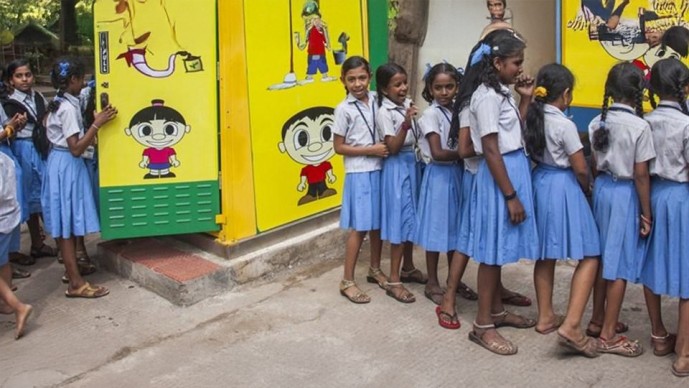Putting Women and Girls at the Center of Development: Sanitation
- Dipika Ailani, Oct 13, 2014

Background
The Water, Sanitation and Hygiene team's goal is to enable universal access to sustainable sanitation services by supporting the development of radically new sanitation technologies as well as urban markets for new sanitation products and services.
For the various program teams within the Bill & Melinda Gates Foundation to obtain their objectives, it is important to better understand the impact of poor sanitation on women and children and the role women play in sanitation investments, decisions and expenses at a household level. Quantitative evidence in this space can inform the foundation's work in urban sanitation as well as other sectors such as Agriculture, Nutrition, Financial Services for the Poor, etc. In addition, it will provide guidance to the sector on how to improve sector outcomes in practice by applying the appropriate gender lens and how by improving women's empowerment we can achieve sector outcomes. To that end, the urban sanitation team within the foundation would like to identify one or more cross-sector research questions to be developed into a research study.
Areas of research interest within Sanitation:
The impact of poor sanitation on women and children: Anecdotally, we know that the burden of lack of sanitation facilities (safety and dignity) as well as the maintenance of the facilities (cleaning, procuring water needed to clean etc.) if they exist falls more so on women and children than their male counterparts. However, there is little understanding on what that actually means with respect to women and children's health and economic outcomes. Some of the unanswered questions in this space include: menstrual hygiene management and health outcomes; menstrual hygiene management and sanitation as barriers to school attendance and school performance of girls; economic impacts of lack of sanitation facilities in markets and areas where women work; health and resultant economic impacts of lack of sanitation facilities on new mothers and a child's first 1000 days; and under nourishment and dehydration, particularly during pregnancy, due to lack of sanitation facilities to relieve themselves.
The role women play in sanitation investments and expenses: For women and children as recipients of sanitation services, we know through a study in Nigeria that the presence of unmarried children at home increases willingness to pay for sanitation. In addition, there is a growing body of knowledge including some of our own investments trying to understand the role of women in communities and households to affect sanitation behavior change in households and communities. However, even though women and girls may bear a bigger burden due to the lack of sanitation facilities than men, there is little understanding of the relative priorities women have for sanitation investments and expenditure vis-a-vis other priorities such as land rights, water, etc., and what can be done to influence those priorities. We are also looking to better understand the drivers of women and girls' empowerment – the inter- and intra-household barriers to being able to act and achieve these priorities. These will help us understand how women and children can be agents of change.
To find out more about grant opportunities for Putting Women and Girls at the Center of Development, please visit the Grand Challenges website